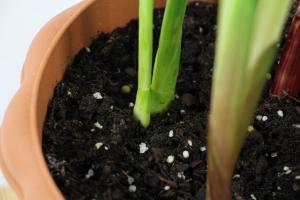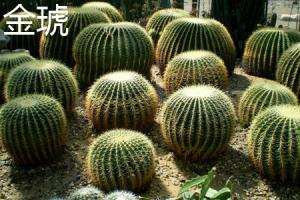What Type of Plant is a Palm Tree
Palm trees are among the most recognizable plants in the world, often featured in films, advertisements and holiday brochures. They are praised for their striking appearance that adds a touch of tropical charm to any landscape. But what exactly is a palm tree, and why do we see them so often in our daily lives? Let's dive deeper into the world of palm trees.
The Basics of Palm Trees
First, let's establish what we mean by "palm tree." Palm trees belong to the Arecaceae family, which is comprised of over 2,600 species of flowering plants. While these plants come in a variety of sizes and shapes, all of them share some distinct features. For instance, most palm trees are characterized by a unbranched stem that is topped with a crown of leaves, or fronds. Palm trees are known for their sturdy, robust trunks that can reach great heights, and their leaves are typically large and fan-shaped, though some species have more linear leaves.
Diversity of Palm Trees
As mentioned, there are over 2,600 species of palms found in the world today. This diversity makes it challenging to pin down a single "type" of palm tree, as each species can look vastly different from the next. For instance, the Coconut Palm (Cocos nucifera) is arguably the most well-known species of palm tree, with its tall, slender stem and towering canopy of feather-shaped fronds. But other species of palm trees look radically different. The Bottle Palm (Hyophorbe lagenicaulis), for example, has a slim stem that features a disproportionately large base, and it sprouts a crown of short, soft fronds. The Traveler's Palm (Ravenala madagascariensis) has a banana-like stem and long, paddle-shaped leaves that sit atop a central stalk.
Where Are Palm Trees Found?
Palm trees thrive in tropical and subtropical climates, with most species being found in regions such as Southeast Asia, Central and South America, and parts of Africa. Some species of palms have become naturalized in other parts of the world, such as the Mediterranean basin and parts of the United States. Palm trees are considered "indicator" plants, because their presence can provide clues about the climate and ecological conditions of an area. For instance, if you see palm trees growing in a certain location, you can be fairly certain that the temperature and rainfall patterns are within the range of what that species requires to grow and thrive.
Palm Trees for Landscaping
Finally, palm trees have become a popular fixture in landscaping and as potted plants. This is largely thanks to their striking appearance, low maintenance requirements, and drought tolerance. Many species of palms are capable of tolerating harsh environmental conditions, such as high winds, salty soils and extended periods of drought. Their hardy nature and tropical character have made them a popular choice for homeowners and gardeners around the world.
Conclusion
In summary, palm trees are a diverse group of plants that come in a variety of shapes and sizes. Characterized by their sturdy trunks and crown of large leaves, these tropical plants are found all over the world, with many species serving as important indicators of the local climate and ecological conditions. Whether you're looking to add a touch of exotic charm to your landscape or simply want to enjoy the beauty of these incredible plants, palm trees are definitely worth exploring.

 how many times do yo...
how many times do yo... how many planted tre...
how many planted tre... how many pine trees ...
how many pine trees ... how many pecan trees...
how many pecan trees... how many plants comp...
how many plants comp... how many plants can ...
how many plants can ... how many plants and ...
how many plants and ... how many pepper plan...
how many pepper plan...
































